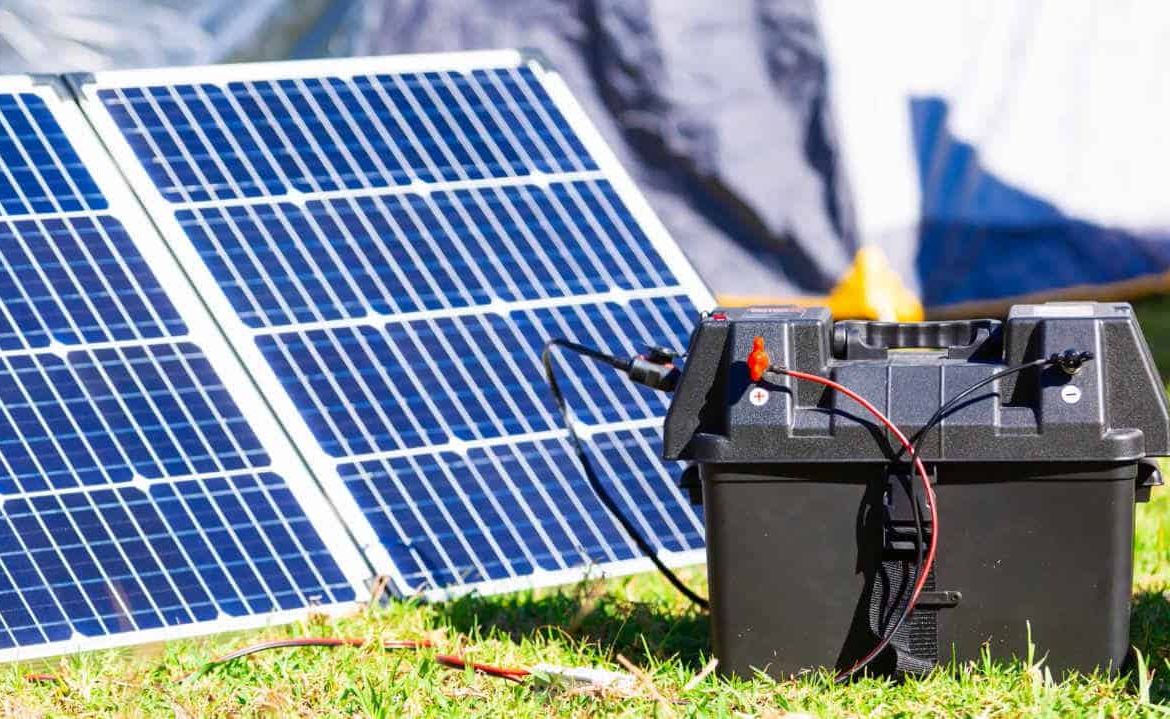Monsoon season in Pakistan brings much-needed rain — but it also brings high humidity, water seepage, and electrical risks for rooftop solar systems. Solar battery maintenance in Pakistan becomes crucial from June to September, especially for households and businesses relying on hybrid inverters and energy storage systems like the BluE-S5000D-M1.
Ignoring seasonal care can reduce battery efficiency, lead to corrosion, or even damage your warranty.
Here’s how to monsoon-proof your solar setup in just 5 practical steps.
✅ Step 1: Elevate and Enclose the Battery Bank
Water pooling on rooftops and basements is common in monsoons. To protect your BluE-S5000D-M1 or similar lithium-based battery system:
-
Place the battery bank on a raised metal or PVC platform
-
Use IP65+ weatherproof enclosures
-
Ensure ventilation to prevent overheating
💡 Pro Tip: Most BluE-Series units come with water-resistant casing, but external shielding ensures long-term protection.
✅ Step 2: Check Terminal Connections for Corrosion
Humidity increases the risk of electrolyte corrosion, especially at terminals and joints.
-
Clean terminals with a dry brush or anti-corrosive solution
-
Apply petroleum jelly or dielectric grease
-
Tighten loose connections monthly
⚠️ Warning: Never clean terminals with wet cloths or during power cycles.
✅ Step 3: Monitor Battery Health Using the BluE App
The BluE-S5000D-M1 offers real-time diagnostics via app or LCD screen. Regular monitoring helps identify:
-
Voltage drops
-
Charging inefficiencies
-
Abnormal temperature spikes
Check for:
-
Depth of Discharge (DoD)
-
Battery temperature (ideal: 15°C–30°C)
-
Error messages or alerts
📲 Install the official monitoring app to keep track during high-humidity days.
✅ Step 4: Protect Against Power Surges with a Stabilizer
During storms and monsoon-induced outages, power surges can damage your inverter and battery.
-
Install a surge protector with 10kA or higher capacity
-
Ensure your hybrid inverter has built-in MCBs and SPD protection (BluE-S5000D-M1 includes both)
💡 Tip: Test your MCB trip switches every month for safety.
✅ Step 5: Clean and Dry the Inverter Area Weekly
Dust + humidity = disaster for your solar inverter. Follow these care steps:
-
Clean surrounding area using dry cloth only
-
Check for signs of condensation inside LCD or fuse boxes
-
Ensure no leaks from ceiling or nearby walls
If you use the BluE-S5000D-M1, place a silica gel pouch nearby to absorb ambient moisture.
🌟 Why Choose BluE-S5000D-M1 for Monsoon Weather?
The BluE-S5000D-M1 is built with IP65 ingress protection, making it one of the best solar storage solutions for Pakistan’s monsoon season.
✅ Key Features:
-
Lithium-ion battery compatibility
-
Dual MPPT tracking
-
Seamless switching during outages
-
App monitoring + protective circuit breakers
-
5–10 year warranty available via Dynex Systems Pakistan
🔗 Learn more or request a quote: https://dynexsystems.com
🙋 Frequently Asked Questions
Q1: How often should I check my battery during monsoon?
At least once every 2 weeks. If you’re in a flood-prone area, weekly checks are recommended.
Q2: What is the ideal humidity level for solar battery rooms?
Try to keep it below 70% RH. Use dehumidifiers or ventilation fans if necessary.
Q3: Is it safe to clean inverter panels during rain?
No. Wait for dry conditions and always turn off the system before cleaning.
Q4: Can I install BluE-S5000D-M1 in open air?
It’s IP65 rated, but for long-term durability, install it under a covered or semi-indoor location.
🔑 Final Word: A Little Care Goes a Long Way
Taking time for solar battery maintenance in Pakistan during monsoon season not only extends the life of your system but also protects your home or factory from unexpected outages and equipment failures.
With premium solutions like BluE-S5000D-M1, and proper monsoon solar care, your energy independence stays safe — rain or shine.


